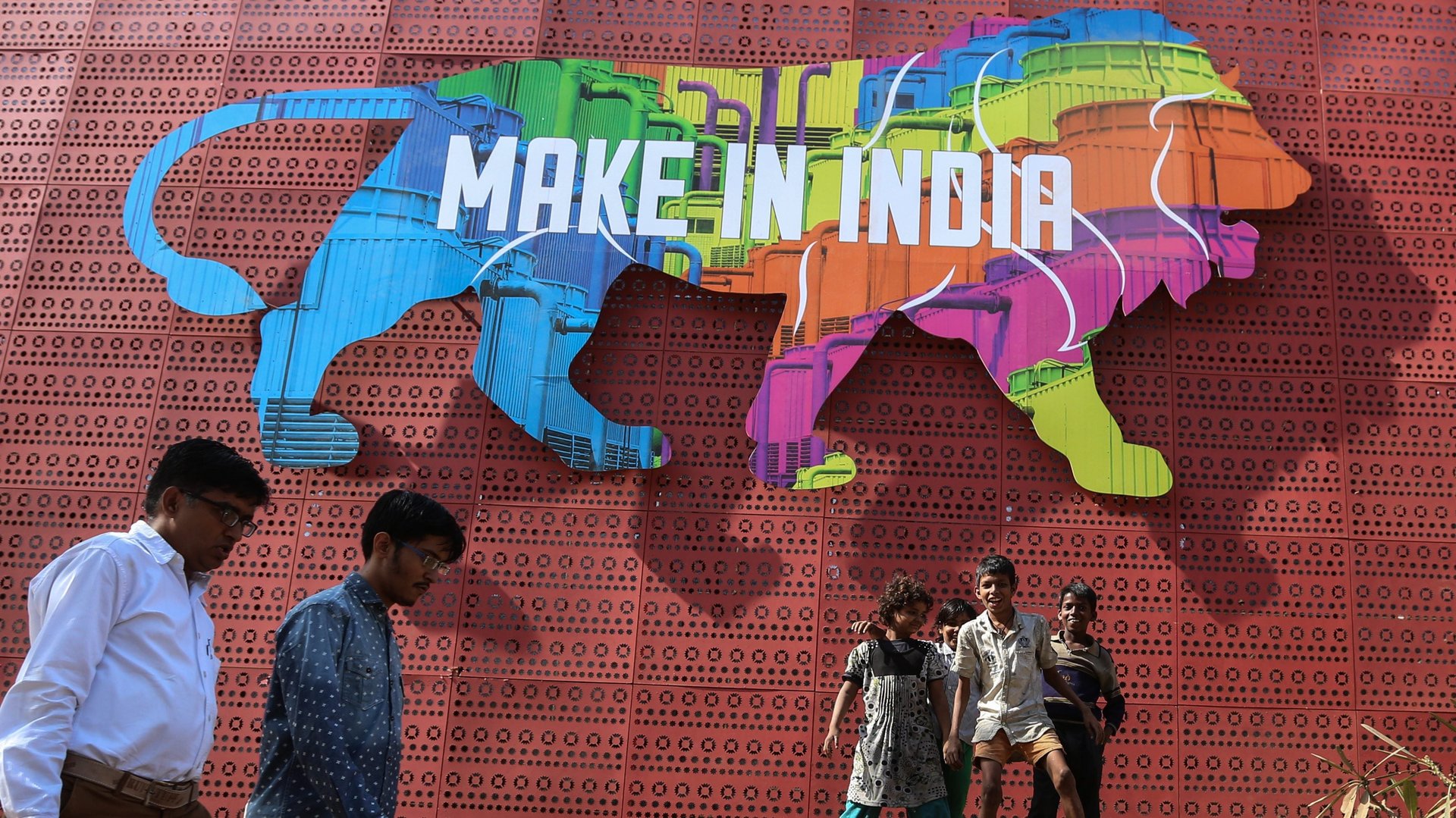A weaker rupee will help and hurt these sectors of the Indian economy
The rupee has slid further to a fresh 15-months low, hitting 67.32 against a dollar on May 10.


The rupee has slid further to a fresh 15-months low, hitting 67.32 against a dollar on May 10.
The Indian currency has been battered by the recent spike in crude oil prices, which pose a serious threat to the country’s finances. India imports 80% of the crude oil it needs. The rising trade deficit, the amount by which imports exceed exports, has taken a toll on the rupee, which has lost more colour than most emerging-market currencies this year.
However, there may be a bright side, too. “My sense is that there is stability now and this level of (the rupee at) about 66-67 (to a dollar) should be the level that should prevail for some time,” Subhash Garg, secretary at the department of economic affairs in India’s finance ministry, said on May 04.
A weaker rupee will lend some competitiveness to India’s ailing exporters because it makes products cheaper for the buyer in dollar terms. However, it does not hold true for the entire economy.
Based on data from the previous financial year, credit rating agency SMERA plotted the impact of rupee strength on specific sectors in an August 2017 report.
These sectors will benefit from a weaker rupee:
A weaker rupee makes imports expensive and exports cheaper in dollar terms. The benefit to the sectors, essentially, stems from the fact that they export a lot more than they import.
And these are critical sectors. More than two-thirds of the country’s population is dependent on these sectors, particularly agriculture and textiles. So, any green shoots will be welcomed by the government, even if it is because of a weaker currency.
On the other hand, based on SMERA’s analysis, there are other parts of the economy that may find their profits eroded by the slide in the rupee because they import more than they export. The more the value of raw materials imported, the narrower the margin from exported products.
These are the sectors that will hurt due to a weaker rupee:
While these sectors clearly stand to lose from a weaker rupee, there may be a silver lining. If the rupee holds at the current levels, policymakers in India are hopeful that it may prompt fresh investments in sectors like electronics and engineering, and reduce the dependence on imports.
India imports 65% of its electronic needs, mostly from China, which account for over a quarter of the country’s trade deficit. And the demand is only set to grow. Industry body Assocham estimated last year that the demand for electronics hardware in India may rise to $400 billion by 2020. So far, the government’s efforts to promote domestic manufacturing in the sector have yielded little result.
Similar benefits may accrue because of a weaker rupee to the engineering goods sector, which accounts for 60% of India’s exports. But the benefits of a weaker rupee in this sector are offset by the fact that it imports a substantial amount of the inputs.